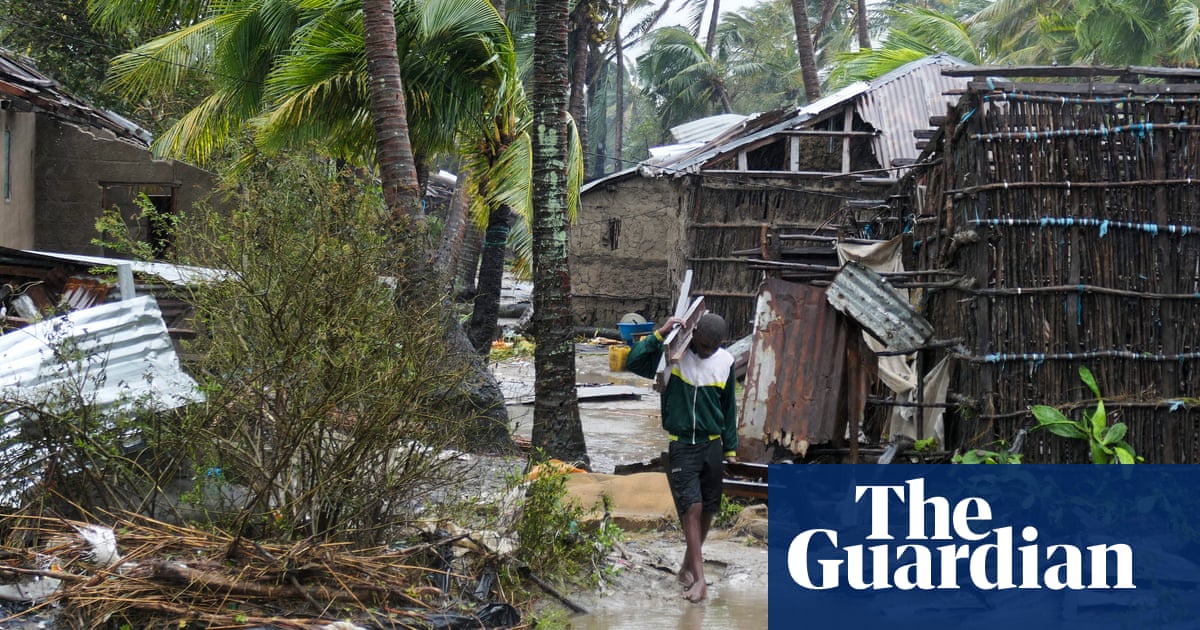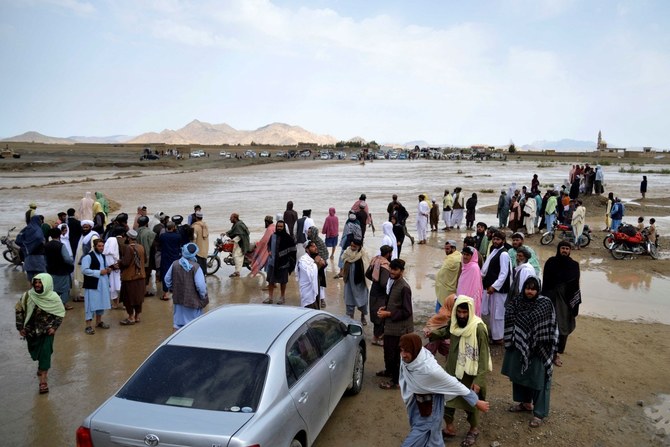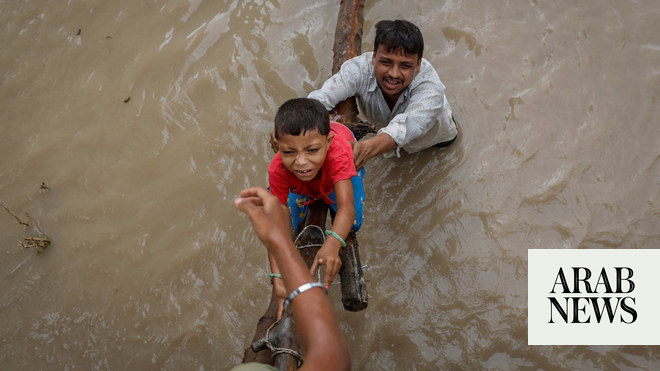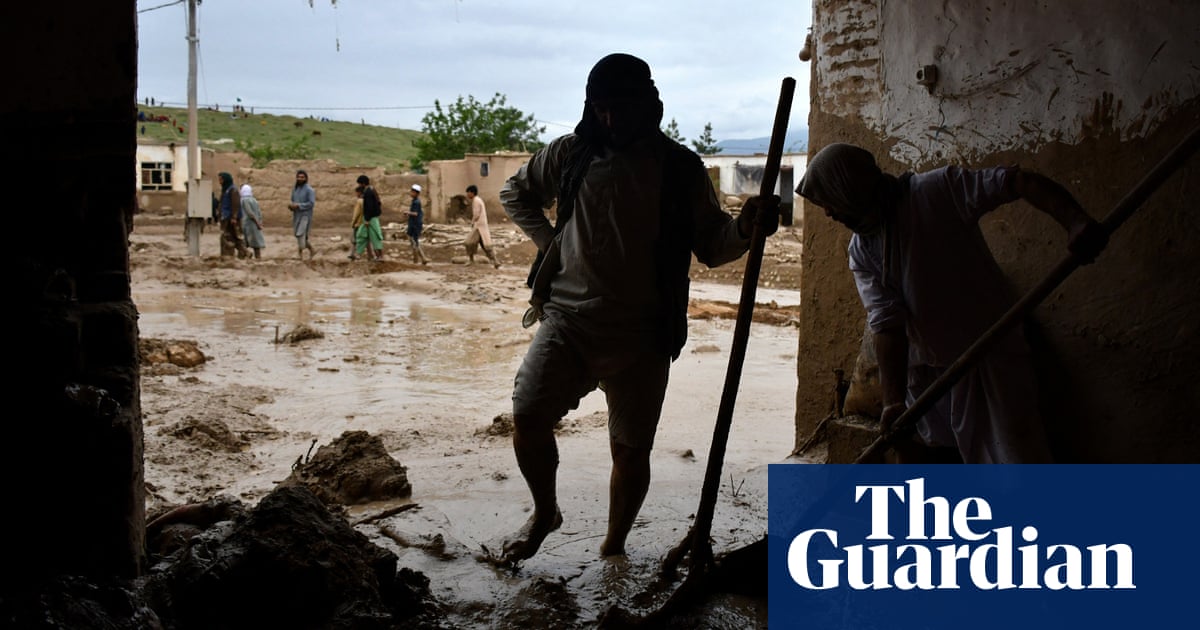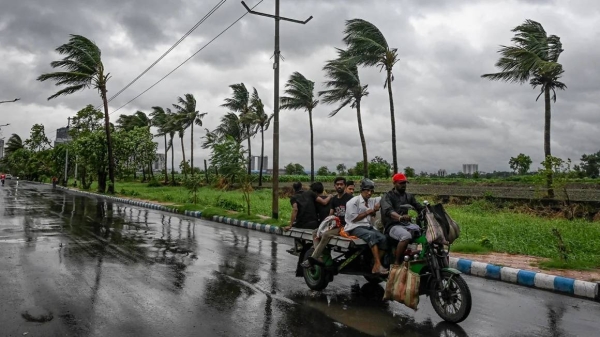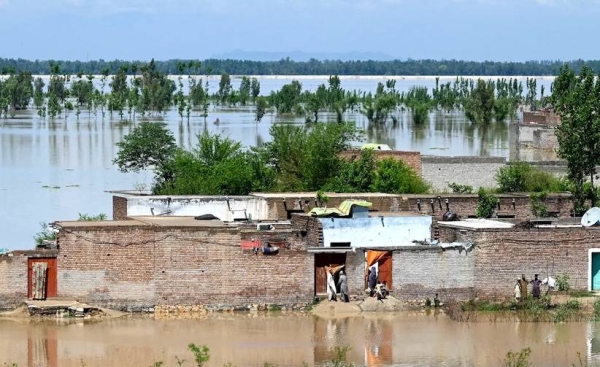
Unseasonal rainfall has lashed Pakistan and Afghanistan over the past few days, killing more than 100 people across the neighboring countries, authorities said.
In Afghanistan, heavy rain and floods in 23 provinces killed 66 people and wounded 36 others, according to preliminary reports from Mullah Janan Sayeq, a spokesman for the Ministry of Disaster Management.
Sayeq added that 600 animals died, and more than 1,200 houses have either been fully or partially destroyed in the deluge.
The United Nations Office for the Coordination of Humanitarian Affairs in Afghanistan said Tuesday that the heavy rains and floods have affected more than 1,200 families and damaged almost 1,000 houses, according to a statement on X.
More than 63,000 acres of land has been damaged, and the statement added that the UN and its partners are “assessing the impact and related needs and providing assistance.”
Afghanistan has been reeling from years of conflict and natural disasters — last year alone, more than 150 people died from the harsh winter cold wave followed by dozens of deaths due to flash floods.
Last October, a deadly 6.3 magnitude earthquake rattled its western Herat province, killing over 2,000 people.
The impoverished country has plunged deeper into an economic and humanitarian crisis ever since the Taliban took over in August 2021, and getting aid into the country has been difficult.
Several major foreign aid groups suspended their operations in the country late 2022 when the hard-line Islamist group ordered all local and international non-governmental organizations to stop their female employees from working there.
The ongoing severe rain is also wreaking havoc in bordering Pakistan, where 32 people have died in the northwestern province of Khyber Pakhtunkhwa, according to a report released by the provincial disaster management authority.
Eight more people died in the southwestern province of Balochistan, according to provincial authorities.
Nearly 170 houses were completely destroyed and more than 1,250 partially damaged, local authorities said, while the country’s meteorological office warned of more rainfall in Balochistan on Wednesday, extending to the rest of Pakistan on Thursday.
The heavy downpours are unusual for the region at this time of the year, as Pakistan typically experiences the monsoon season from June through September.
Pakistan ranks as one of the most climate-vulnerable nations in the world even though it is responsible for less than 1% of the world’s plant-warming emissions.
The South Asian country has faced dramatic climate conditions, including record heatwaves and catastrophic floods that submerged one-third of the country in 2022 — as the climate crisis exacerbates extreme weather events. — CNN





